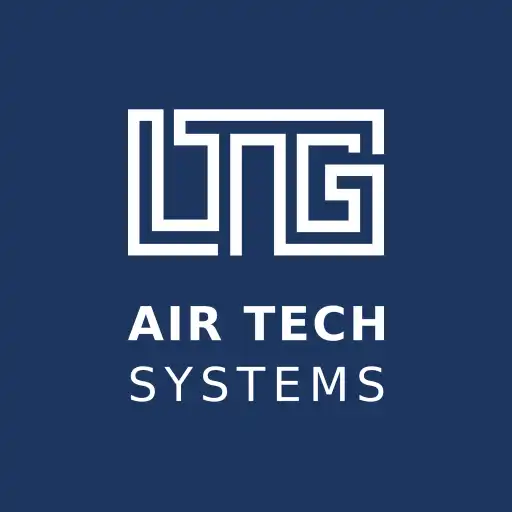With the FVPpulse, LTG presents a new development that simulates natural air movement and thus enables buildings to “breathe”. The FVPpulse, a decentralized supply and exhaust air unit, makes the principle of unsteady air flow usable for office buildings without great effort. In contrast to a conventional façade ventilation unit, the FVPpulse does not have separate air ducts for outside and exhaust air. Instead, it uses a single fan and only one opening on the façade side and switches cyclically between the inhalation and exhalation functions with the aid of a flap system. This transient ventilation leads to good mixing of the room air at low air velocities and high air volumes: despite its slim design, the FVPpulse allows a supply air flow of up to 130 m³/h (260 m³/h in hybrid ventilation mode). The FVPpulse units require fewer main components than conventional façade ventilation units. They have more compact dimensions with the same output, avoid short circuits on the façade side and create a comfortable indoor air flow.
Heat recovery is protected against freezing
A shut-off damper, a large-area air filter and a regenerator for heat recovery are located between the fan chamber and the weather protection grille on the façade side. The regenerator is protected from freezing due to the alternation between inhalation and exhalation, as the exhaust air repeatedly warms up the lamella pack. The air velocity in the regenerator is low because, in contrast to counterflow heat exchangers, the entire heat exchanger cross-section is flowed through in just one air direction, which enables quiet operation. The degree of heat recovery that can be achieved depends on the length of the inhalation and exhalation cycle and can reach up to 90 percent.
Unsteady room flow for maximum thermal comfort
The post-treated, filtered outside air is periodically blown into the room and extracted. The resulting flow pattern in the room is impulse ventilation with a large penetration depth of the supply air into the depth of the occupied zone. The periodicity of the flow results in a strong reduction in air velocities. Only in the time lapse of the flow visualization does it become visible how harmonious waves of fresh air slowly spread throughout the room. There is also a further advantage here: as supply air and extract air are never conveyed at the same time, a flow-related short circuit is virtually impossible.
Use of multiple FVP pulses enables the breathing building
Breathing buildings equipped with FVPpulse do not require complex air ducts or a central exhaust air unit. All that is required are sound-insulated overflow openings to the corridor areas (e.g. LTG LDO-T overflow diffusers), for example above the doors. These diffusers enable air exchange with the corridors, so that theCO2 concentration there is also reduced and interior zones are effectively ventilated.
In a breathing building, synchronization of the individual decentralized FVP pulses is neither necessary nor desirable. Different inhalation and exhalation cycles of the individual devices support the cyclical exchange of air in the combination zones and prevent unwanted local increases in pressure in the building.
The unique functionality of these devices makes it possible to implement innovative ventilation concepts:
- If on-demand ventilation is to be implemented, the breathing function is activated via aCO2 sensor, for example, which detects the room air quality. This means that ventilation only takes place and energy is only used when people are actually present.
- For night ventilation in summer, the units on one side of the façade are used as supply air units and on the other side as exhaust air units. The resulting cross ventilation now takes place without active heat recovery and cools the building with the cool outside air when the windows are closed.
- The hybrid ventilation function is unique: on hot summer days, the alternating breathing function can be switched off and the exhaust air can escape via the façade with the window tilted. As only supply air is now conveyed without the periodic breathing function, the cooling capacity of the devices is doubled. The special feature: The supply air volume is doubled while the acoustics remain the same.
Products with the PulseVentilation system : FVPpulse-D for ceiling installation, FVPpulse-B for floor installation and FVPpulse-V for sill installation.


